This section is dedicated to share good practices, observations and evolutions on the particular topic of the maintenance of water points :
- What are the challenges, the objectives, the methodology used and all relevant information to know about the key components of the approach
- What are the tools we are currently using at each steps : the tool box
- What are the Results both in terms of quantities of interventions done but also in terms of the quality of the services provided, with some examples…
But first, what have been the observations that oriented our approach (general observations related to the question of the maintenance) :
Most of the time, it’s difficult for the water committees alone to handle the maintenance of the water points and its hand pumps on the long term. Sometimes because it is technically difficult, sometimes because it’s a challenge for remote rural communities to find the required spare parts. Concerning spare parts, it also can be a matter for the water point committees to identify 1/ which are the spare parts to change, 2/ where it can be found, 3/ how much it cost, and then 4/ how to mobilize other water points users and organizing a money contribution to buy it. More generally, people have to be sensitized on regular preventive servicing rather than intervening only in case of breakdown. Experience shows that they need someone who can remind them and give them advises on a regular basis to change wearing spare parts before it creates more serious damages (more costly and that can even sometimes irremediably damages the boreholes), thus avoiding going back to unprotected water point…
Hereafter is detailed the processus for creating a conducive environment for the maintenance : developing an offer for such services starts by stimulating and organizing the demand for interventions and spare parts. Then to make it sustainable, these services have to be reinforced for more professionalism and controlled to make sure everybody find his own interest.
Click on the different steps to get more explanations…
Diagnosis
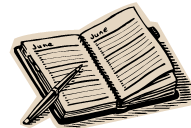 Regularly (at least once a year), a check-up of the hand pump and its intern parts has to be planned to clean the whole system and most of all to identify if everything is working well. Wearing parts (such as U-Seal / cup-seal which need to be replaced every year) that are getting damaged can be changed to avoid further damages and prevent sudden breakdowns.
Regularly (at least once a year), a check-up of the hand pump and its intern parts has to be planned to clean the whole system and most of all to identify if everything is working well. Wearing parts (such as U-Seal / cup-seal which need to be replaced every year) that are getting damaged can be changed to avoid further damages and prevent sudden breakdowns.
Water committees are trained to do it, but it appears more efficient if there is someone outside the community who can remind them this deadline, and who is professional enough to do it properly. Area Mechanics, as they are doing it regularly and are trained to solve difficult repairs, can do it easily than water committees members who have only to do it once in a while, can forget or lose confidence.
Identifying which interventions are required
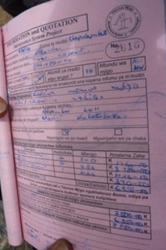 In any case, preventive servicing or complex breakdown, maintenance needs someone who has the knowledge to dismantle and re-assemble the pump properly, to identify what is the problem and how it can be solve : which are the parts that need to be changed, how much it cost, where it can be found.
In any case, preventive servicing or complex breakdown, maintenance needs someone who has the knowledge to dismantle and re-assemble the pump properly, to identify what is the problem and how it can be solve : which are the parts that need to be changed, how much it cost, where it can be found.
Area Mechanics for any interventions, after their diagnosis are establishing a quotation with all these informations.
Looking for the qualified persons
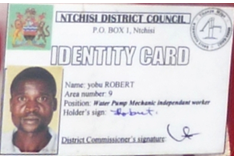 Area Mechanics are recognized by the Water Department, they received official trainings (they have official label of the ministry on their ID card of AM). This is preventing communities to call unprofessional person who could made mistakes while intervening (it regularly happens that pipes are re-connected with ”fire method” instead of glue, which is not appropriate and can lead to the fall of pipes and condemning the borehole) ; or even worse people pretending being technicians can stole spare parts to resale it.
Area Mechanics are recognized by the Water Department, they received official trainings (they have official label of the ministry on their ID card of AM). This is preventing communities to call unprofessional person who could made mistakes while intervening (it regularly happens that pipes are re-connected with ”fire method” instead of glue, which is not appropriate and can lead to the fall of pipes and condemning the borehole) ; or even worse people pretending being technicians can stole spare parts to resale it.
Same problem for spare parts, re-salers have to be clearly identified as it is happening that people are selling second hand parts that will not last long or poor quality parts.
It is therefore crucial to clearly indicate to communities the listing of people they can contact.
Access to spare parts
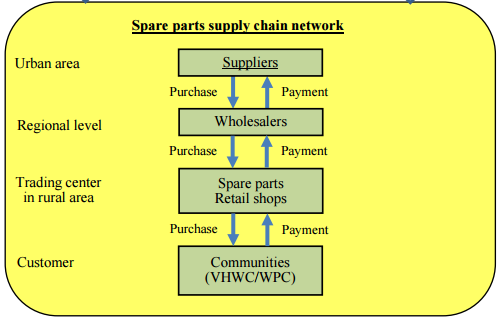 The challenge is
The challenge is
- to identify main suppliers in major towns who can deliver all through the year quality materials
- to link these main suppliers to smaller retailers in remote areas on a sustainable way.
In the meantime, prices should remain accessible for the villagers, as interesting for re-salers and suppliers, and the demand should stays high to keep the business alive.
Collecting the required amounts
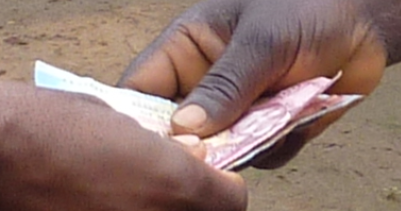 The water committees have to get all the information : what is the cost of the labor cost of the technician, how many parts to change for which prices (this is the quotation).
The water committees have to get all the information : what is the cost of the labor cost of the technician, how many parts to change for which prices (this is the quotation).
Then knowing the total amount of the intervention, they have to organize themselves to define how many contributors are ready to pay, how much it would cost per contributor, and then to organize this contribution : make sure everybody paid, following and controlling. At the end, all this should be transparent and every water point user should know where his money went…
Doing the maintenance operations
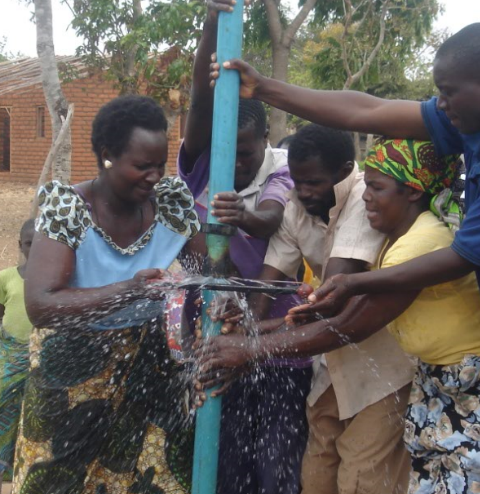 It is also a matter of when the problem is identified, when the money is there, to plan the intervention by itself : finding a date when everything is ready, all parts available and everybody is ready. The delay of intervention should be reduced as much as possible to minimize the effect of using non-protected water points.
It is also a matter of when the problem is identified, when the money is there, to plan the intervention by itself : finding a date when everything is ready, all parts available and everybody is ready. The delay of intervention should be reduced as much as possible to minimize the effect of using non-protected water points.
Area Mechanics are issuing contracts to define a date of intervention when the water committee is ready. There are contracts for repairs and contracts for servicing. All include a guarantee period, when in case of problem, within a determined time, the AM is ready to come back for free if it is not properly working.
One challenge also could be the repetition every year of a preventive approach.
Evaluation
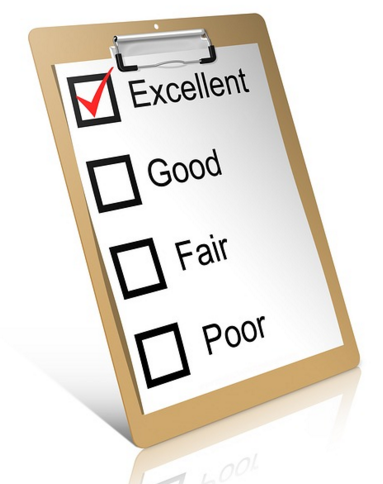 To ensure sustainability of all these steps, the quality of the services provided and their effectiveness on the functioning rates of water points have to be controlled and measure regularly.
To ensure sustainability of all these steps, the quality of the services provided and their effectiveness on the functioning rates of water points have to be controlled and measure regularly.
Thus, an external entity such as Water Department should be in capacities to monitor the activities of the networks of Area Mechanics and spare parts retailers. It is therefore a matter of developing appropriate monitoring tools and methodologies, plus dedicating a budget and a team for such tasks.

